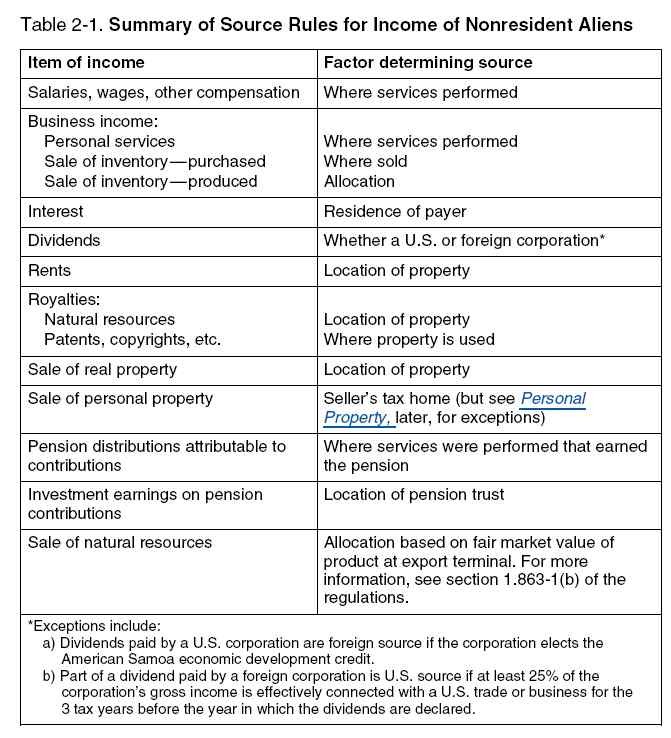How Dividends Are Taxed and Reported on Tax Returns
Post on: 17 Май, 2015 No Comment

How Dividends are Taxed and Reported
stocknshares / Getty Images
Dividends are a type of investment income generated from from stocks and mutual funds containing stocks. Dividends represent a share of corporate profits paid out to investors. Dividends are taxed when paid out.
Tax Treatment of Dividends
Dividends can be taxed either at the ordinary income tax rates or at the preferred long-term capital gains tax rates. Even though all dividends are ordinary, some can be classified as qualified. Qualified dividends have better tax rates of 0%, 15% or 20% as compared to the ordinary rates ranging from 10% to 39.6%.
To be a qualified dividend, the investor must have held the stock for more than 60 days during the 121-day period that begins 60 days before the ex-dividend date . However, this holding period is potentially longer in the case of preferred stock. In the case of preferred stock, you must have held the stock more than 90 days during the 181-day period that begins 90 days before the ex-dividend date if the dividends are due to periods totaling more than 366 days. (Publication 550, Investment Income and Expenses. IRS.gov.)
Reporting Dividend Income
Dividends are reported to investors using Form 1099-DIV. This form is issued by mutual fund companies, brokers, and corporations. Form 1099-DIV is issued to an investor if $10 or more of dividend income was paid out during the year. Form 1099-DIV reports dividends information in the following places:
- Box 1a. Ordinary Dividends (which should reflect the total amount of dividends paid to you)
- Box 1b. Qualified Dividends (which qualify for the preferred capital gains tax rate)
- Box 3. Nondividend distributions (which are a nontaxable return of capital)
You’ll report dividend income on your tax return in the following places:
- Ordinary dividends. reported on Line 9a of your Form 1040 or 1040A
- Qualified dividends. reported on Line 9b of your Form 1040 or 1040A. Be sure to use the Qualified Dividends and Capital Gain Tax Worksheet found in the instructions for Form 1040 or 1040A to calculate the tax on qualified dividends at the preferred tax rates.
- Nondividend distributions. reduce your cost basis in the stock by the amount of the distribution.
Using Schedule B
Schedule B is a supplemental tax form used to list interest and dividend income from multiple sources. Using Schedule B is required if you have over $1,500 in interest and/or dividends. Even if you are not required to file Schedule B, you can utilize the form to tally up your interest and dividends for reporting on your Form 1040.














